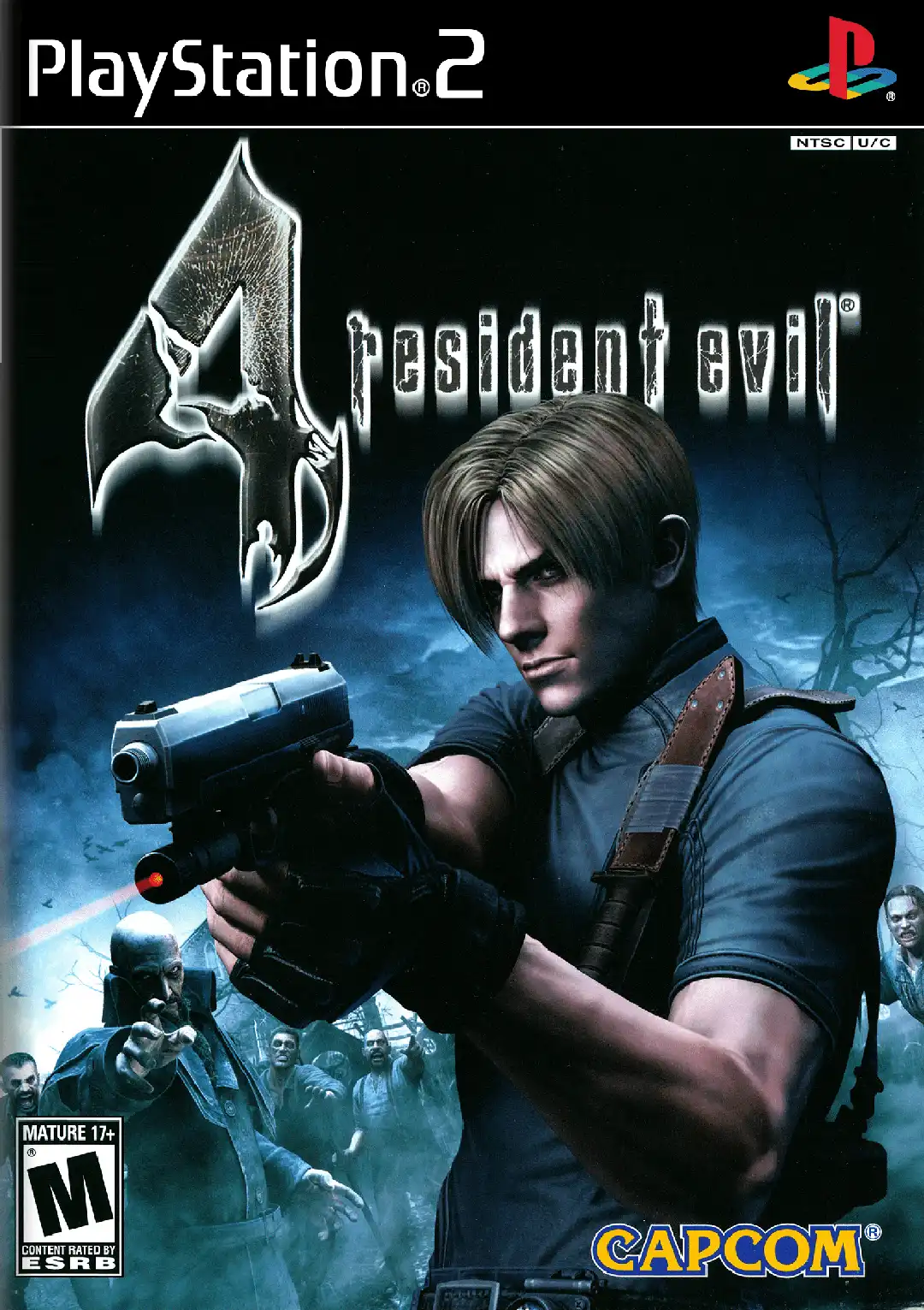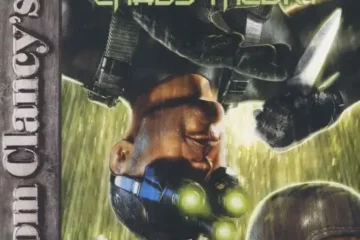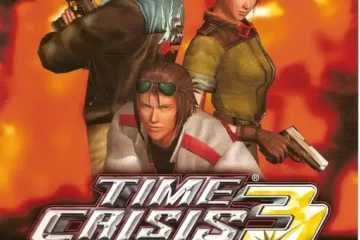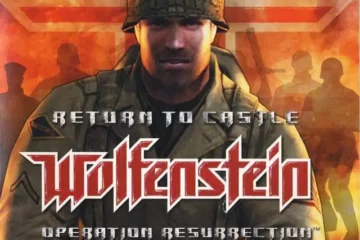
Resident Evil 4
PS2 Game

Console: PS2 Game
Publisher: Capcom
Genre: Horror, Shooter
Region: Japan, Korea
Released: October 25, 2005
File size: 3.5 GB
Experience intense horror and action in Resident Evil 4 on PS2.
Resident Evil 4 is a seminal horror-shooter that significantly redefined the series by shifting the focus to action and implementing a revolutionary new perspective and control scheme.
Plot and Setting
- Protagonist and Mission: The game follows Leon S. Kennedy, a U.S. agent sent to a rural area in Europe on a mission to investigate the disappearance of the President’s daughter. His search uncovers deep-seated horrors and mysteries.
Gameplay and Features
- Third-Person, Over-the-Shoulder View: The game pioneered the behind-the-back aiming perspective in the third-person genre, allowing for precise targeting and creating a more immersive, action-oriented experience while still emphasizing survival.
- Intelligent AI: Enemies, known as the Ganados, are more advanced than traditional zombies, exhibiting smarter behavior by working together and using tools against the player.
- Inventory Management: The game features a strategic briefcase inventory system where items take up space based on their size, forcing players to carefully manage their limited resources.
- Exploration and Economy: Players can find treasure in the environment to sell to the mysterious Merchant. Weapons can be purchased and upgraded to become more powerful over the course of the game.
- Additional Content: The game’s story is expanded through survival scenarios featuring different characters.
Tom Clancy’s Splinter Cell – Chaos Theory
October 24, 2025Time Crisis 3
October 24, 2025Return to Castle Wolfenstein: Operation Resurrection
October 24, 2025



